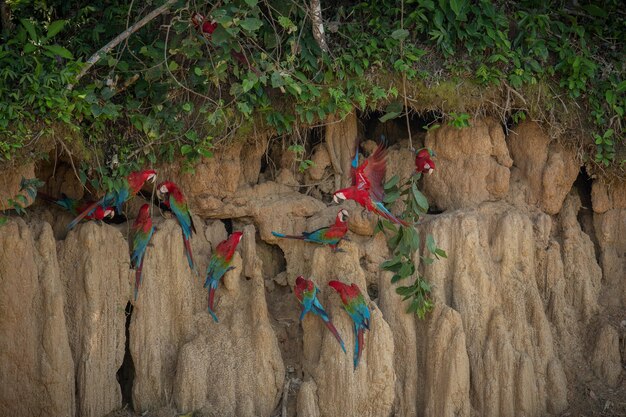
Sponsored article
Remote islands hold some of the most unique ecosystems on the planet. Isolated from the mainland, these islands serve as sanctuaries for a myriad of rare species, offering a glimpse into nature’s incredible diversity and adaptability. However, they also face significant threats that put their biodiversity at risk. This article delves into the wonders of these unique ecosystems, the challenges they encounter, and the conservation efforts necessary to ensure their survival for generations to come.
Remote islands are remarkable hotspots of biodiversity, offering a unique glimpse into the wonders of isolated island ecosystems. These environments, often undisturbed by human development, provide the perfect setting for a rich tapestry of native species and fascinating endemic plants that have evolved in splendid isolation. The biodiversity found here is astonishing, with each remote island hosting a unique array of flora and fauna that can’t be found anywhere else on the planet. This isolation leads to the development of distinctive traits and survival strategies, allowing endemic plants and animal species to adapt to the specific conditions of their island habitats. The relatively contained environment of islands encourages speciation, which is the evolutionary process where new biological species arise. As a result, island ecosystems often display incredible plant and animal diversity that reflects their long-term isolation from mainland ecosystems. This uniqueness contributes valuable understanding to global biodiversity and the ecological importance of preserving these isolated realms.
Island ecosystems are some of the most unique and isolated habitats on Earth, yet they face numerous environmental threats that endanger their ecological balance. One of the foremost challenges is habitat loss, often driven by human activities such as deforestation, mining, and urban expansion, which disrupt the delicate natural landscapes that many endemic species call home. Additionally, the introduction of invasive species poses a severe threat to these ecosystems. Non-native animals and plants, often introduced accidentally or intentionally by humans, can outcompete indigenous species for resources, leading to a decline in biodiversity and the extinction of native flora and fauna. Furthermore, climate change exacerbates these issues with rising sea levels, increased temperature fluctuations, and more frequent and severe weather events. These climate change effects further strain island ecosystems, intensifying habitat loss and providing even more opportunities for invasive species to take hold. Collectively, these factors represent a precarious future for island biodiversity.
Amidst the diverse and delicate ecosystems of remote islands, dedicated conservation efforts are being undertaken to safeguard these unique habitats. A primary focus is habitat restoration, which involves reestablishing native vegetation and reintroducing endemic species that have been displaced by invasive organisms. By prioritizing sustainable practices, these conservation strategies aim to balance human activities with the natural environment. Efforts include encouraging eco-friendly agriculture and limiting development in sensitive areas to minimize ecological footprints. Protection policies play a crucial role, as they are designed to enforce regulations that curb overfishing, control pollution, and restrict harmful land use changes. Key conservation strategies on islands include:
Through these comprehensive approaches, the fragile environments of islands can be preserved for future generations.